How to Manage Serum Batch Variability in Cell Culture
Source: PricellaPublished: 2024-11-08
The role of serum in cell experiments is essential. In previous articles, we discussed challenges related to serum precipitation. Another common, yet often overlooked, issue is the variability between different serum batches, which can significantly impact experimental outcomes.
1. Reasons for Variability Between Serum Batches
1) Serum is derived from animals and contains thousands of components.
2) The composition and concentration of serum components vary depending on the age, physiological condition, and nutritional status of the donor animals.
3) The percentage composition of each batch’s components is not fixed, so variability between batches is expected.
2. How Cells Respond to Variability Between Serum Batches
When serum batches differ, cell morphology may change, but the effects on cells go beyond mere appearance. Common impacts include:
• Changes in cell morphology
• Altered cell adhesion
• Vacuole formation in cells
• Slower cell growth
• Lack of cell proliferation
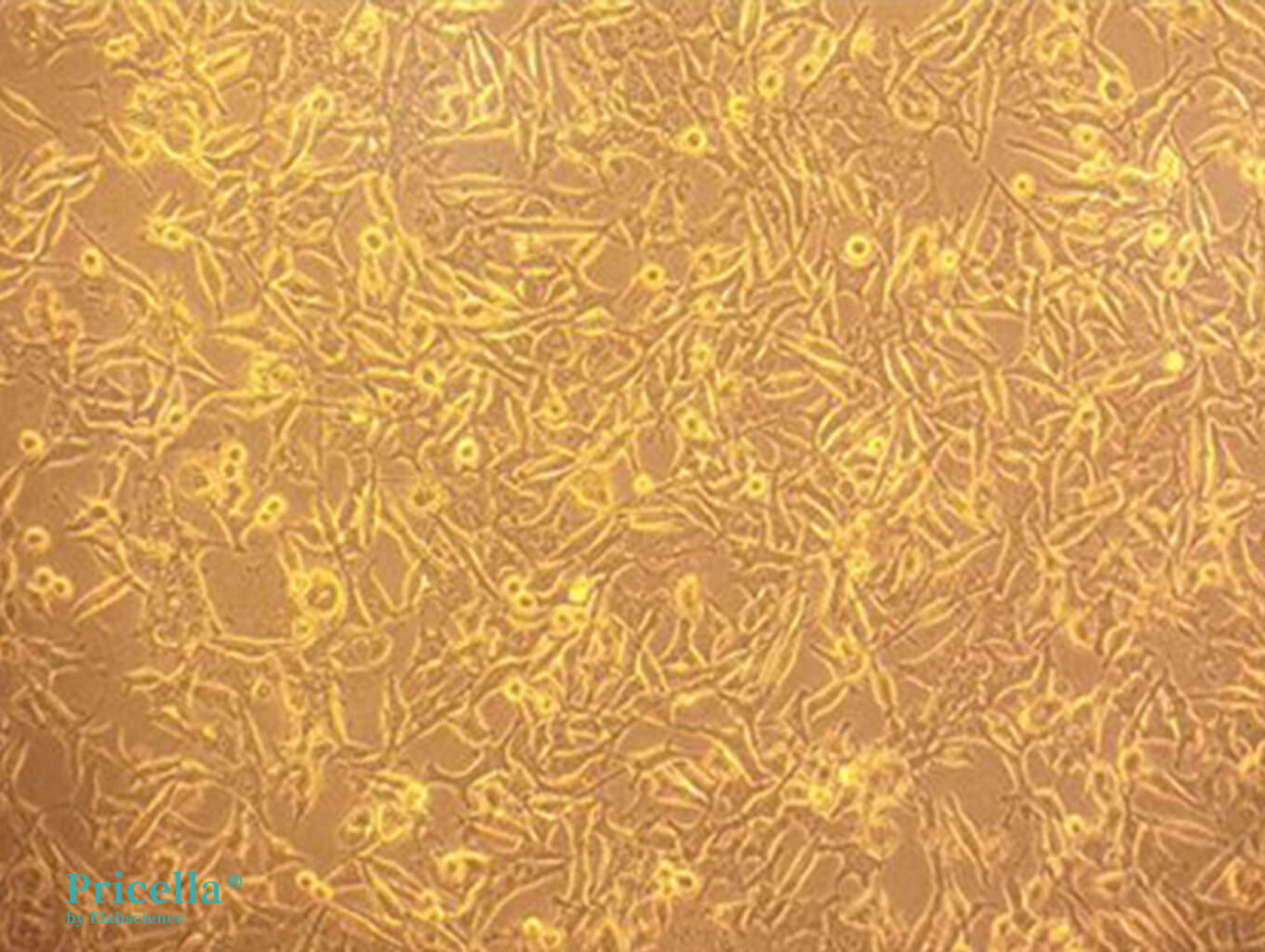
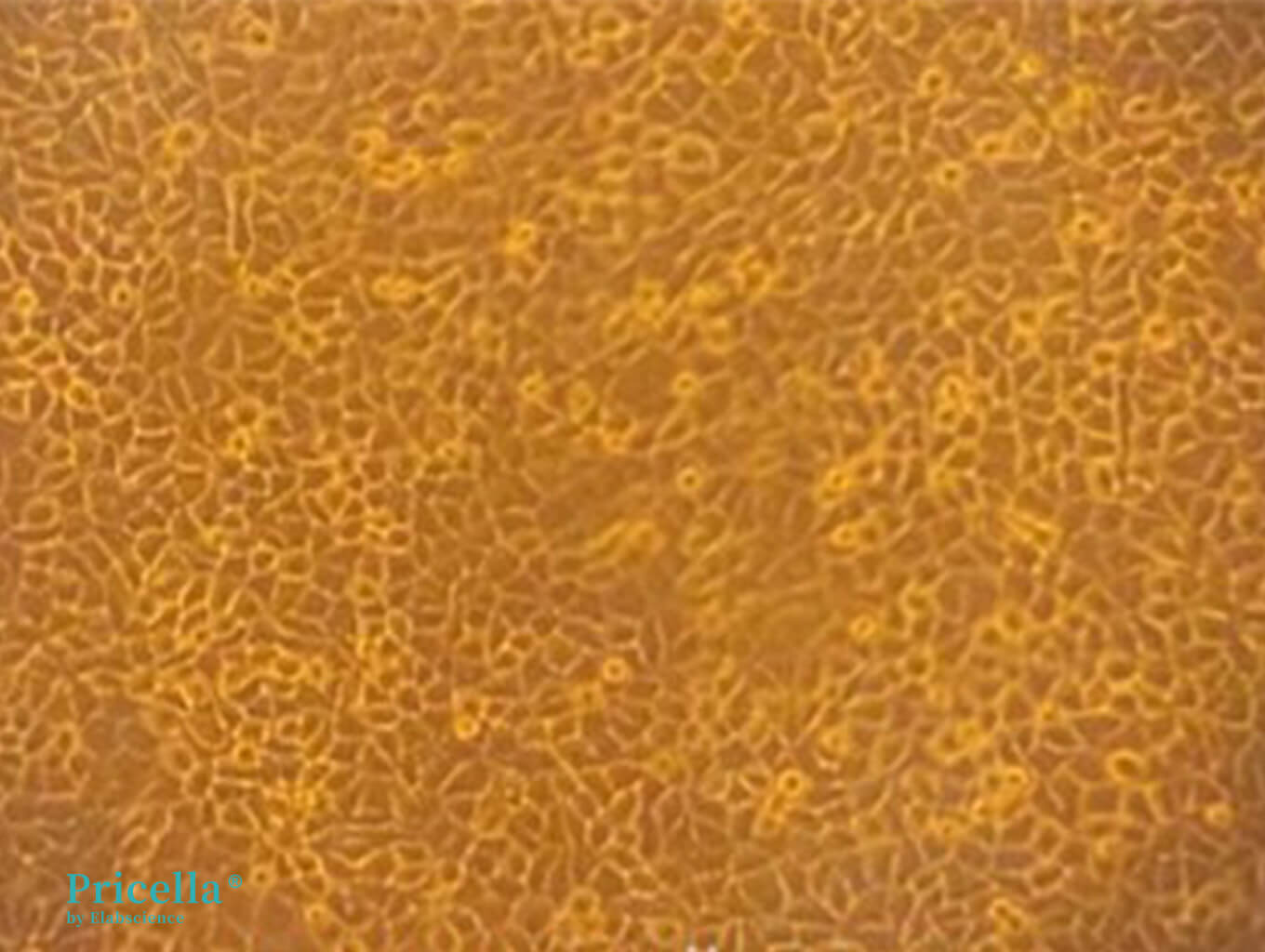
Figure 1. Morphological changes in SH-SY5Y cells after serum replacement
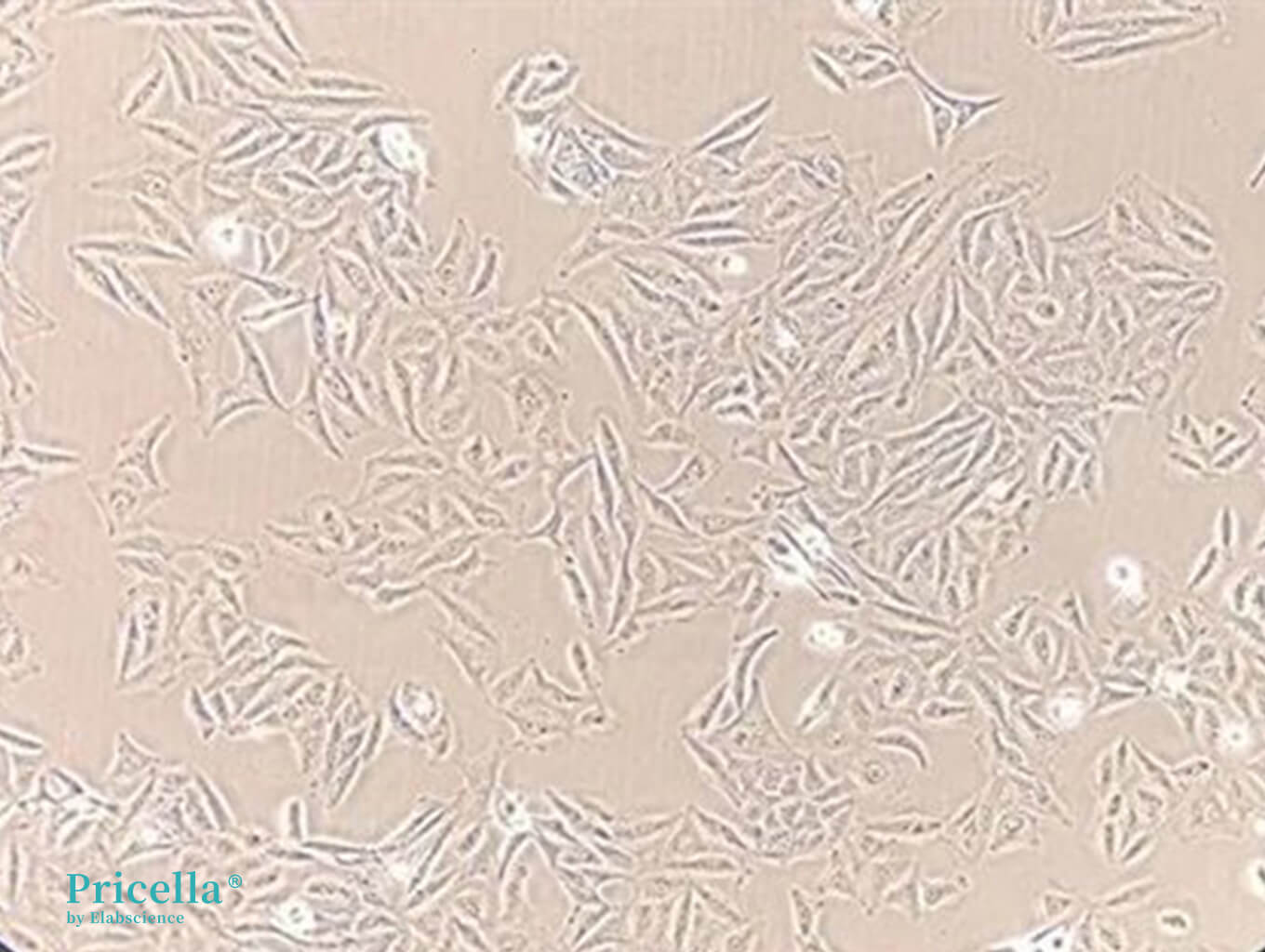
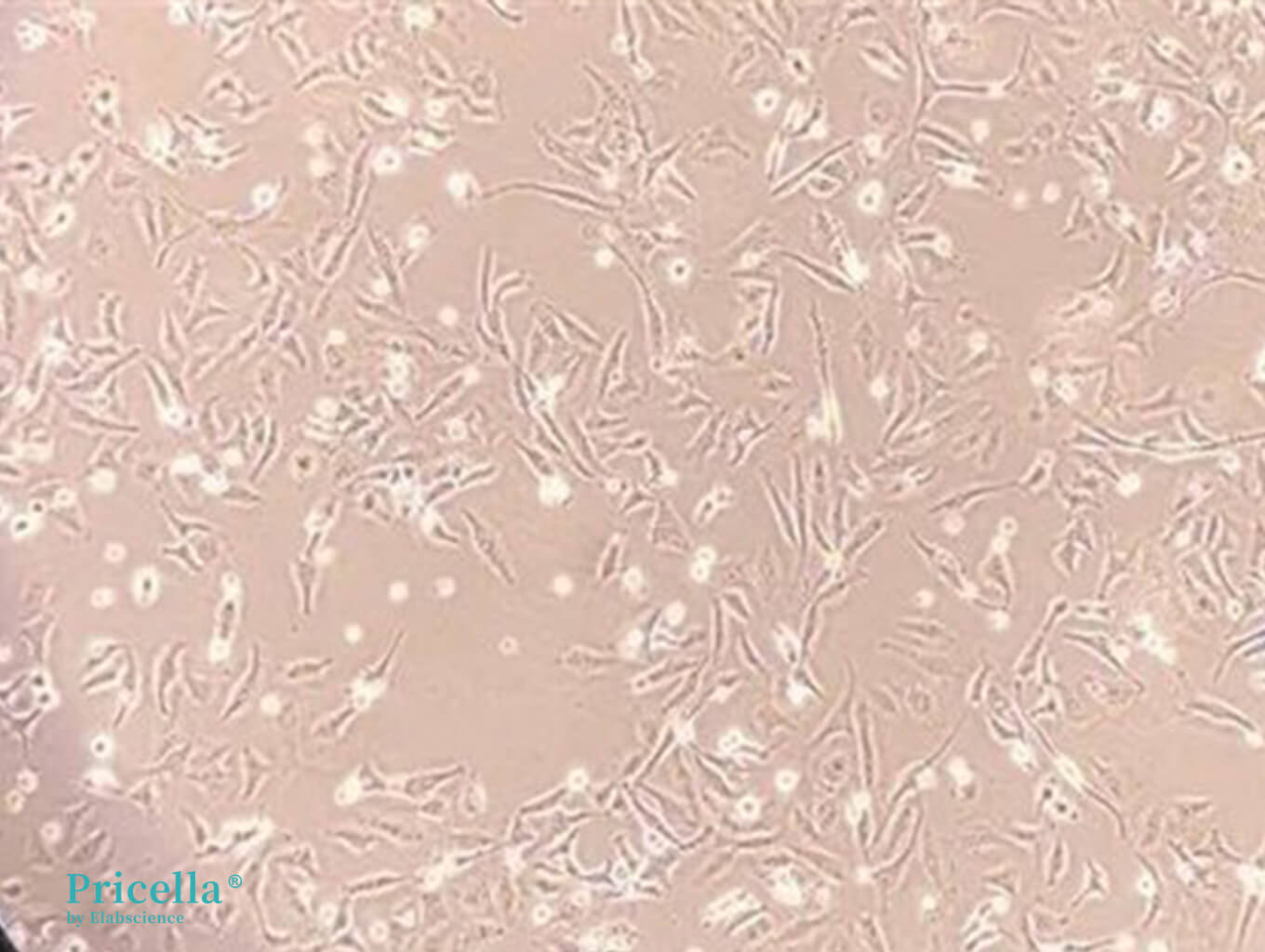
Figure 2. Morphological changes in HeLa cells after serum replacement
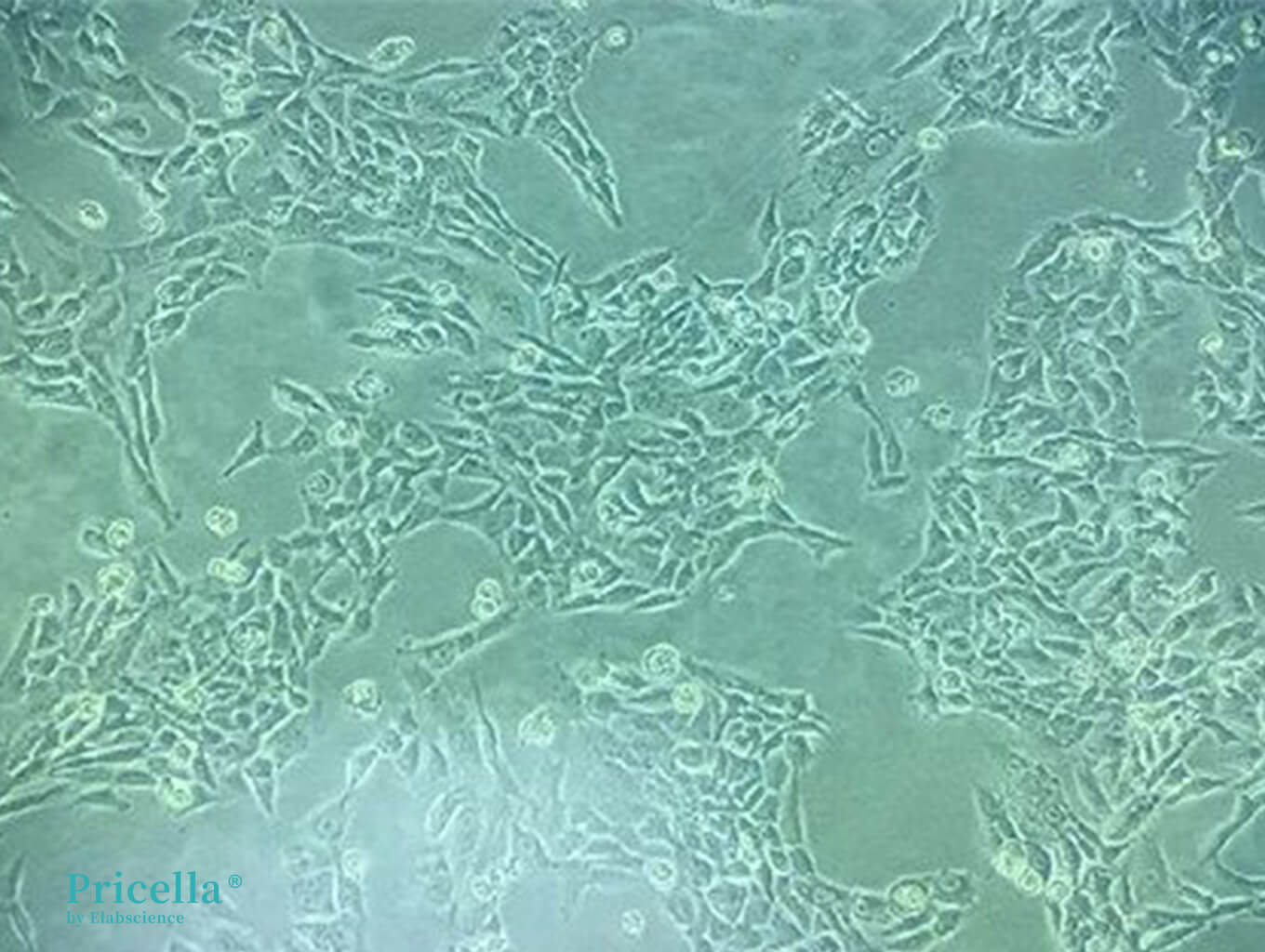
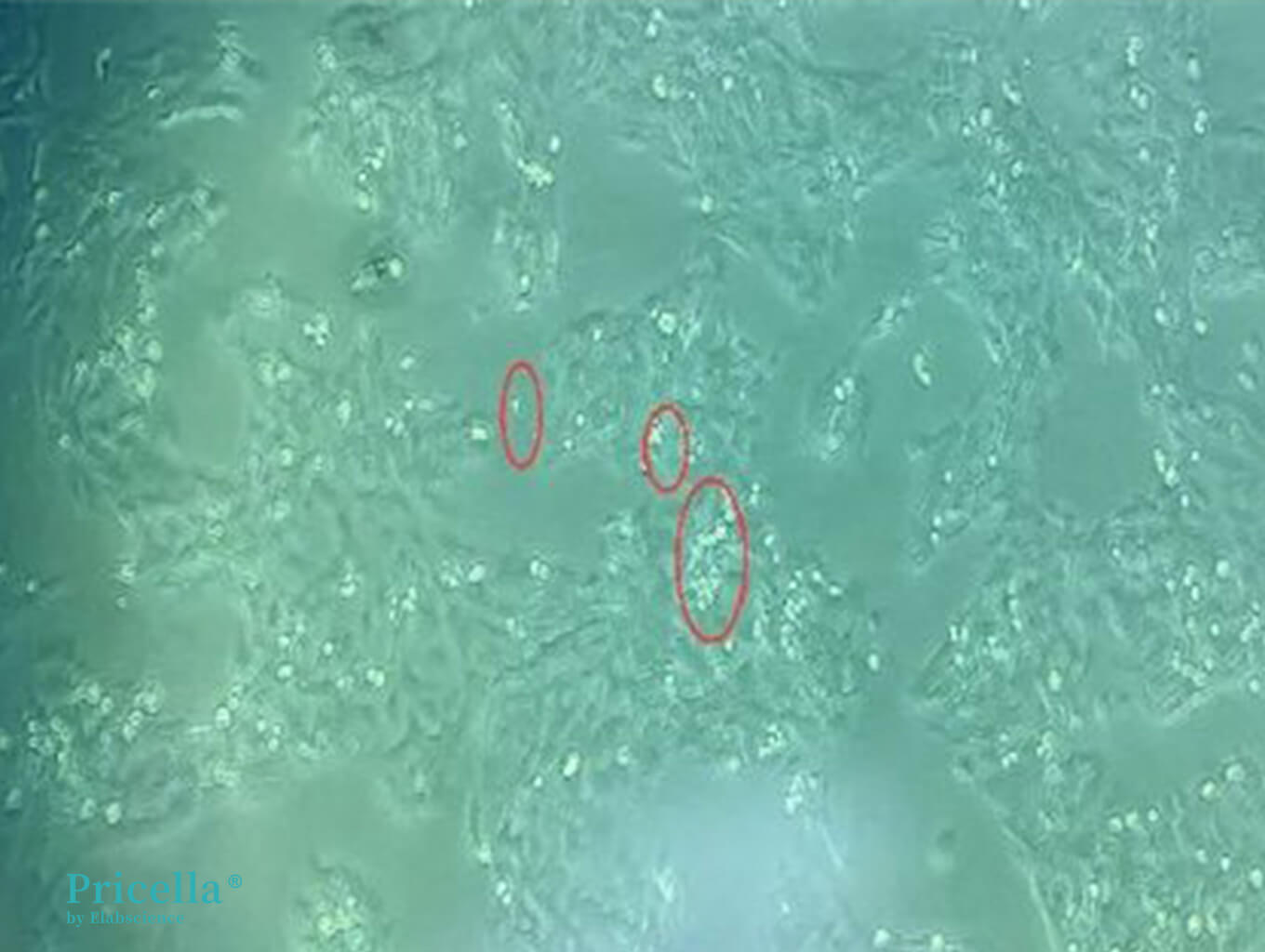
Figure 3. Rounded cells appearing in SK-N-AS cells after serum replacement
3. How to Minimize the Impact of Serum Replacement on Cells
• Use a Test Sample Before Switching: Before purchasing a new batch, try a small sample. If results are satisfactory, buy the same batch and stock enough for six months to a year to avoid batch-to-batch variability (fetal bovine serum can be stored at -20°C for up to 5 years).
• If the cell condition worsens after changing the serum, you can try increasing the serum concentration to 15%-20%, but not exceeding 20%.
• Trial of New Batch: If the new batch performs well in tests, proceed with batch replacement.
• Gradual Acclimatization: Slowly adapt cells to the new serum.
• Self-Adjustment for Mild Adaptation Issues: Cells may gradually adjust as they undergo passaging
4. Cell Recovery After One Week of Serum Use
L-929 Cells
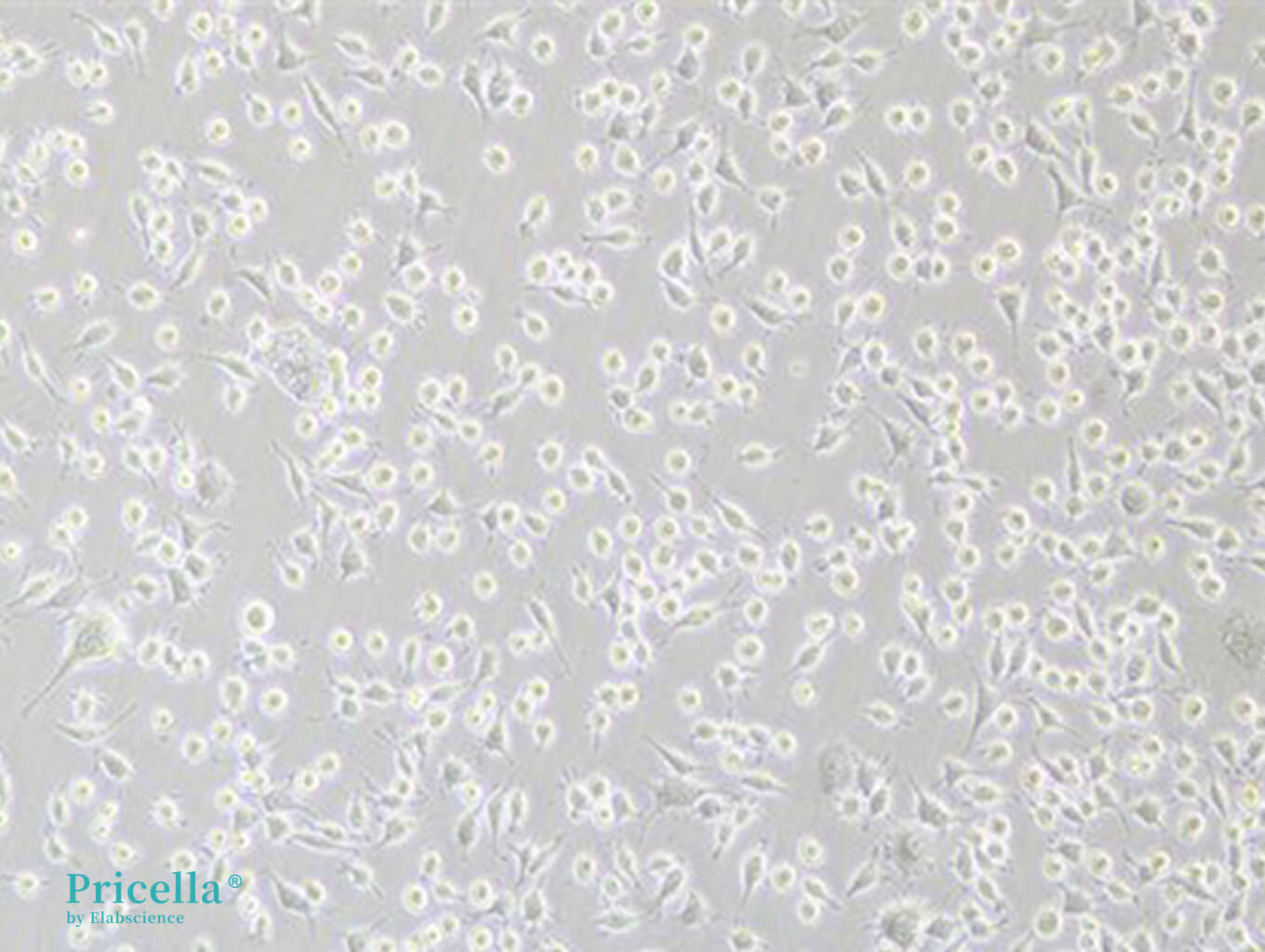
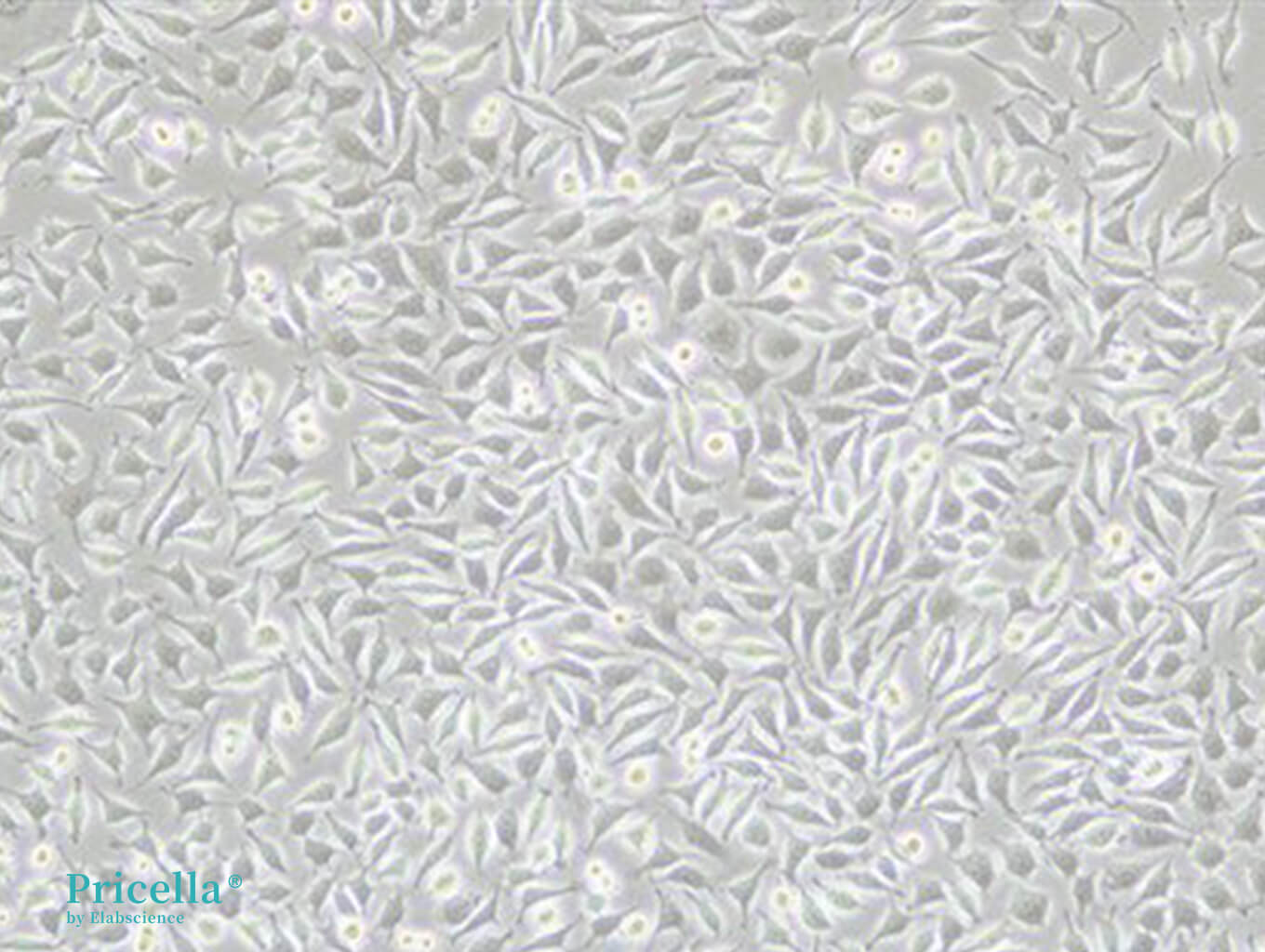
Figure 4. L-929 cells immediately after serum replacement (left) and after one week of adaptation (right)
Renca Cells
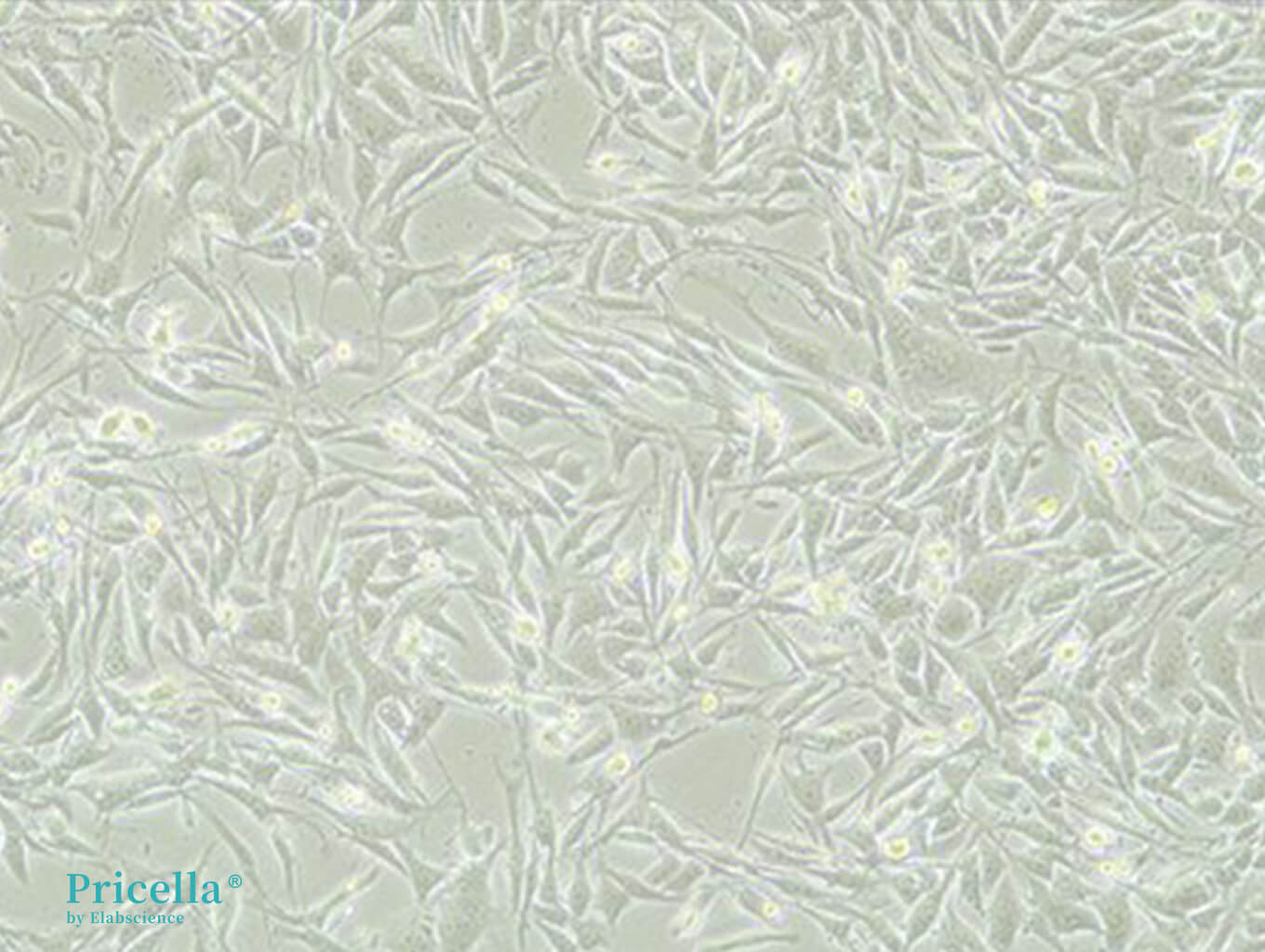
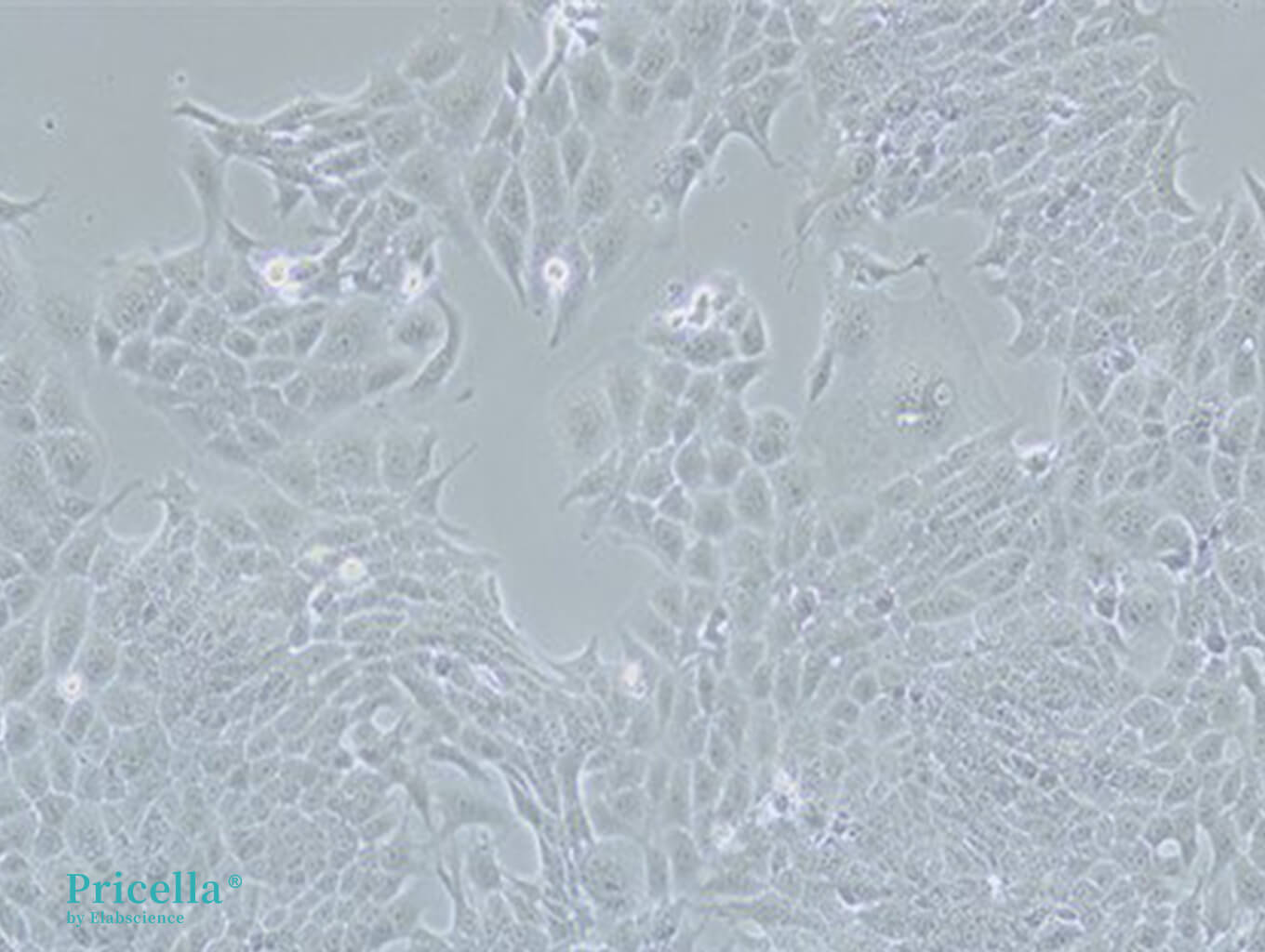
Figure 5. Renca cells immediately after serum replacement (left) and after one week of adaptation (right)
Prev: CELL BIOLOGY ACADEMY | ULTRA-DETAILED APOPTOSIS ASSAY SELECTION GUIDE!





